A new initiative formed from a collaboration between Coventry University and mobility charity Motability will bring new insight and opportunities for disabled drivers, with an aim to make everyday vehicles more accessible.
The university’s National Transport Design Centre – a state-of-the-art facility that conducts research into the future of transport design – will give members of the disabled community the opportunity to help develop the future of transport policy and practice.
Previous research that it has conducted showed that unsuitable transport design for disabled people caused “reduced economic opportunities, social exclusion, a reduced quality of life and other negative impacts”.
Although there are several organisations, charities and schemes to support disabled people, some believe members of the community are being left behind with the push for electrification, in terms of both the vehicles and infrastructure.
Difficulties posed by charging, ownership costs and vehicle design present accessibility issues for the disabled community as the UK undergoes electrification.
Challenges with charging
Motability estimates that around 1.35 million disabled drivers or passengers will be relying on the UK’s EV charging infrastructure by 2035.

Rachael Badger, a director at Motability, says there are several issues.“There are a lot of points where there can be challenges through the whole journey of choosing and buying a car,” she said. “Firstly, understanding options for making informed choices, like thinking of moving to an automatic, having to charge it, having to understand what their choices are as a consumer.”


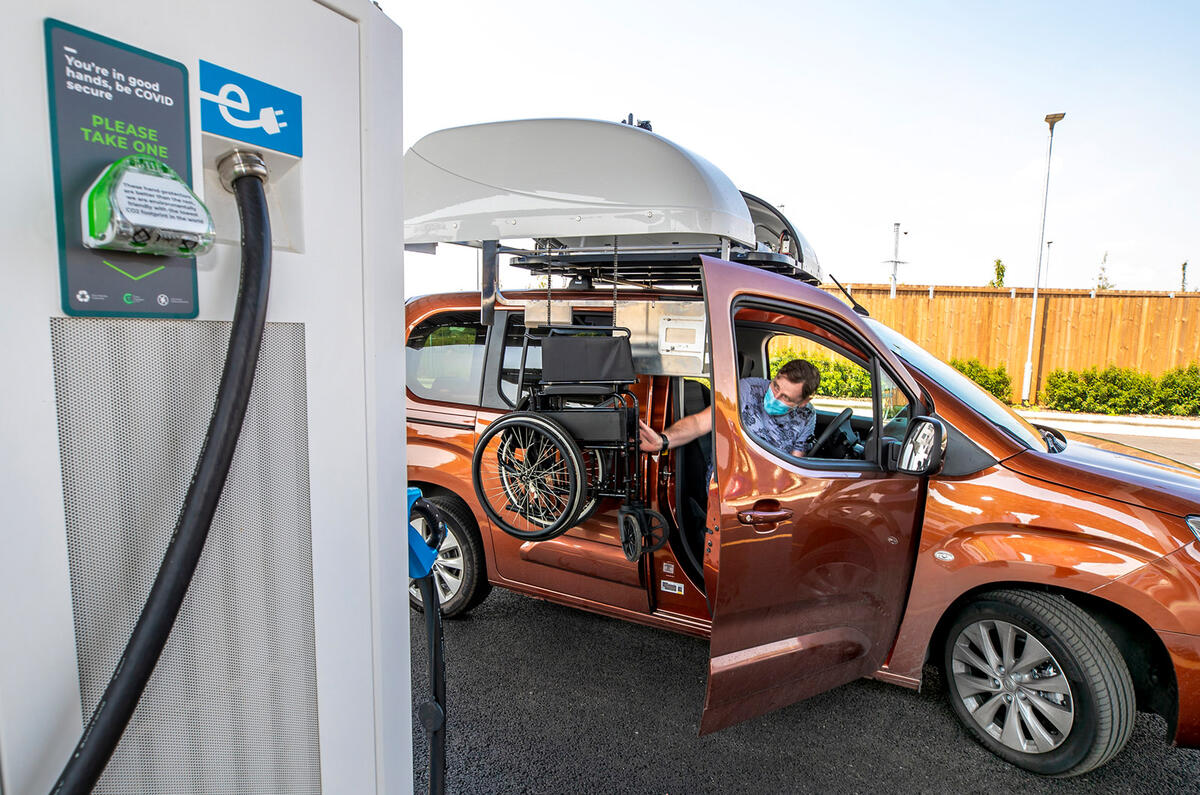
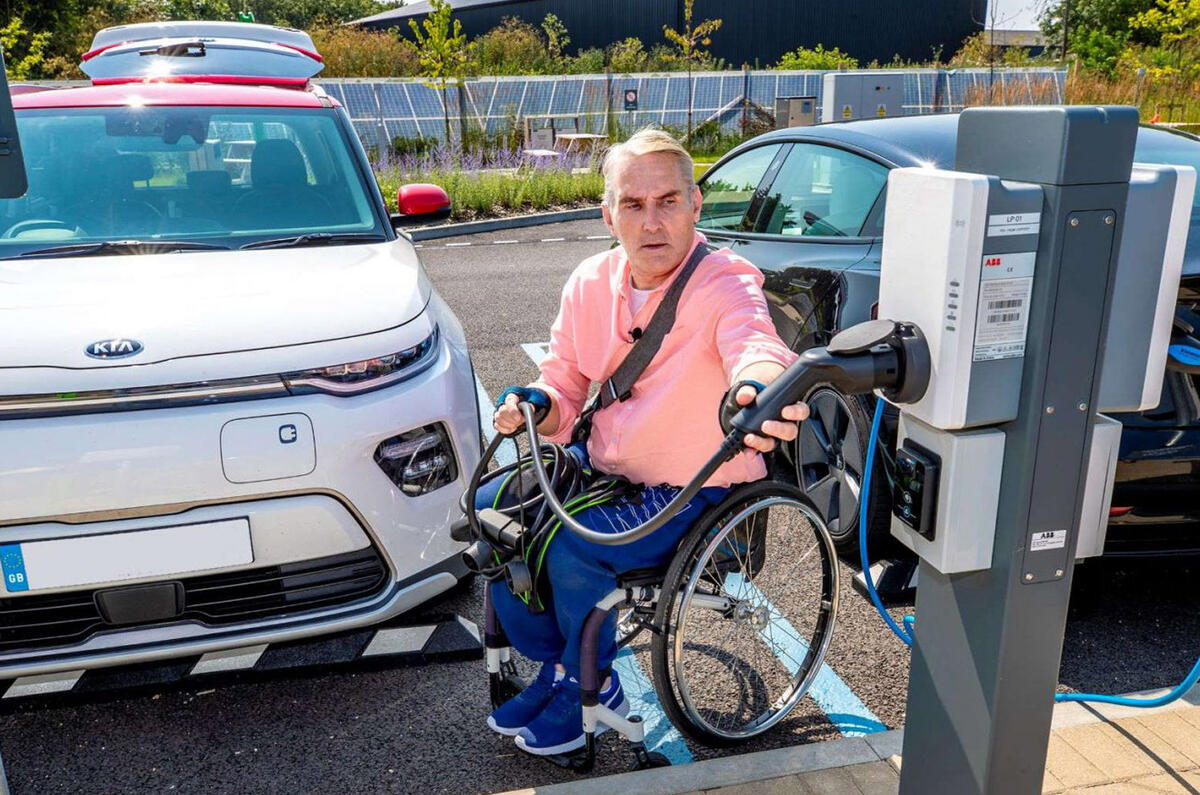
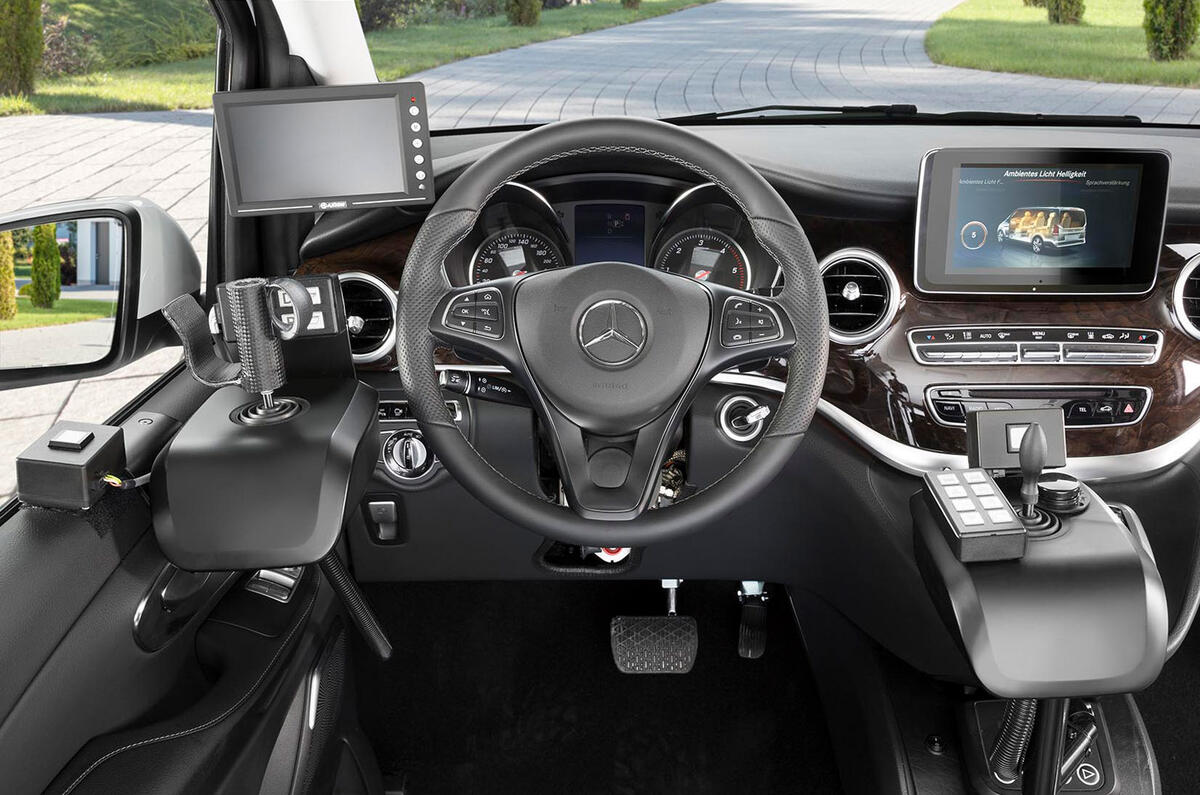
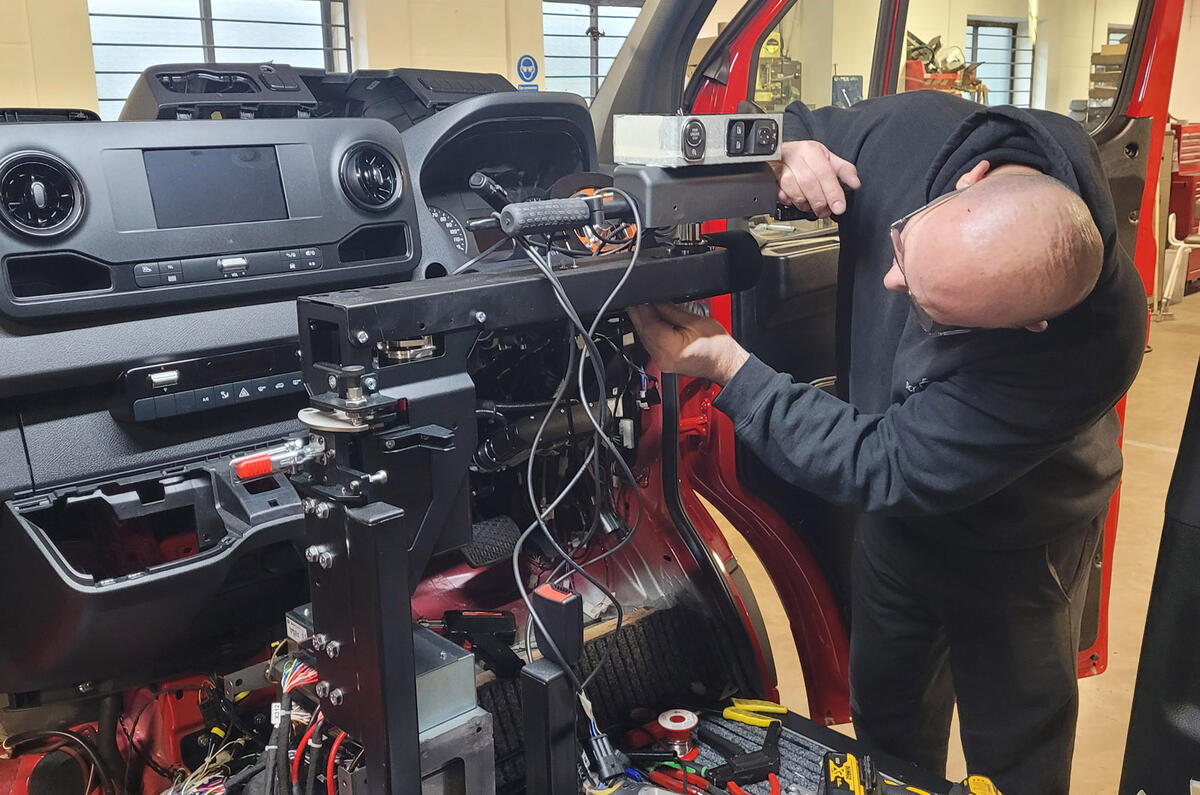
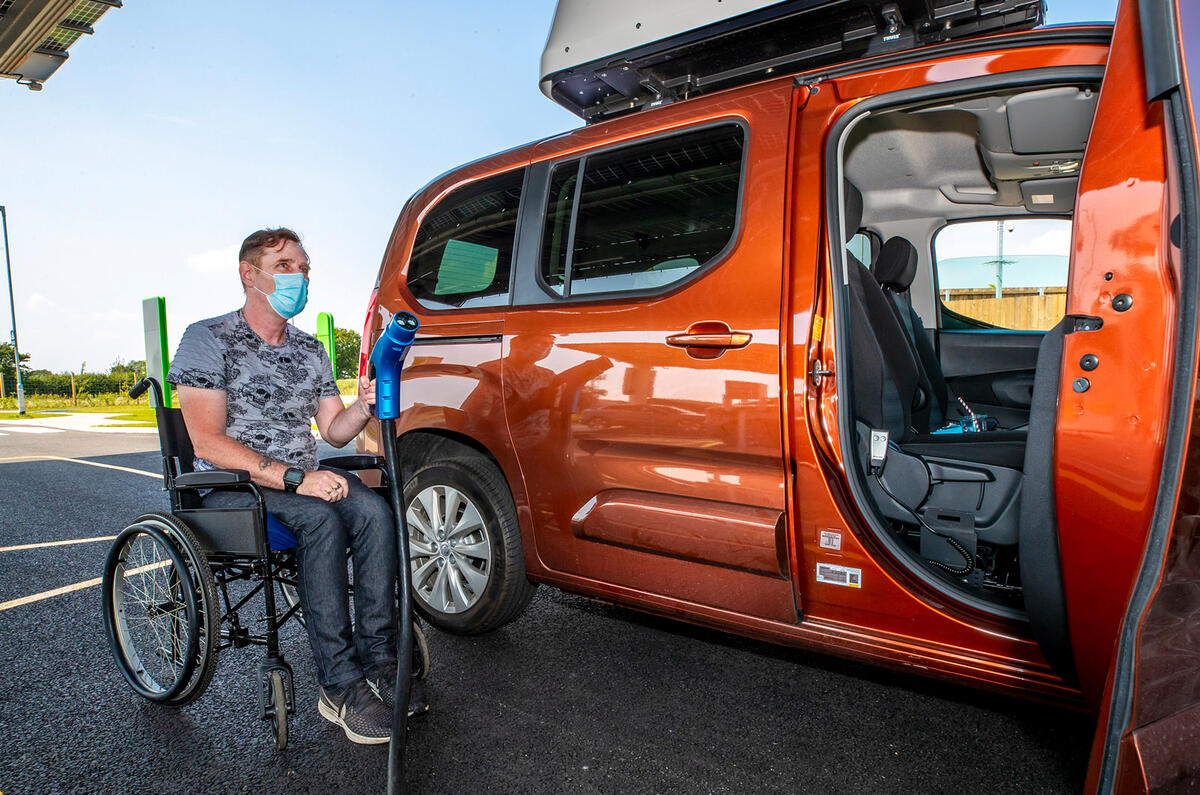
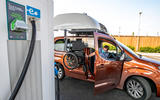
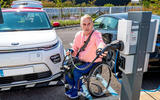
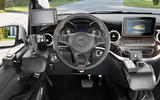





 Mat Campbell-Hill, a former Team GB Paralympic fencer, believes that the government could do more to address the needs of disabled drivers.
Mat Campbell-Hill, a former Team GB Paralympic fencer, believes that the government could do more to address the needs of disabled drivers.

Join the debate
Add your comment
Personally, I don't think we should be electrifying disabled people.